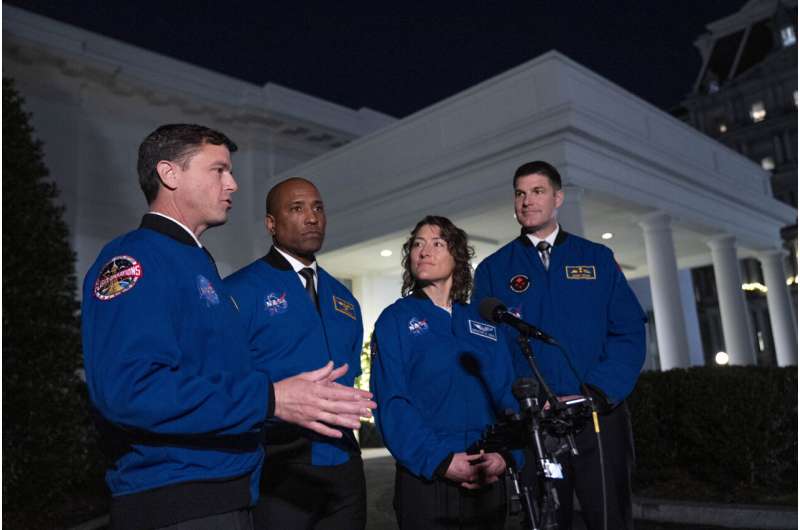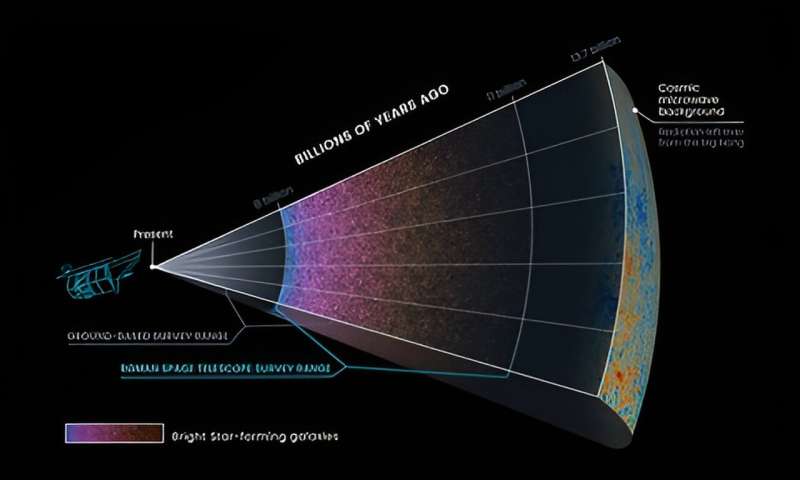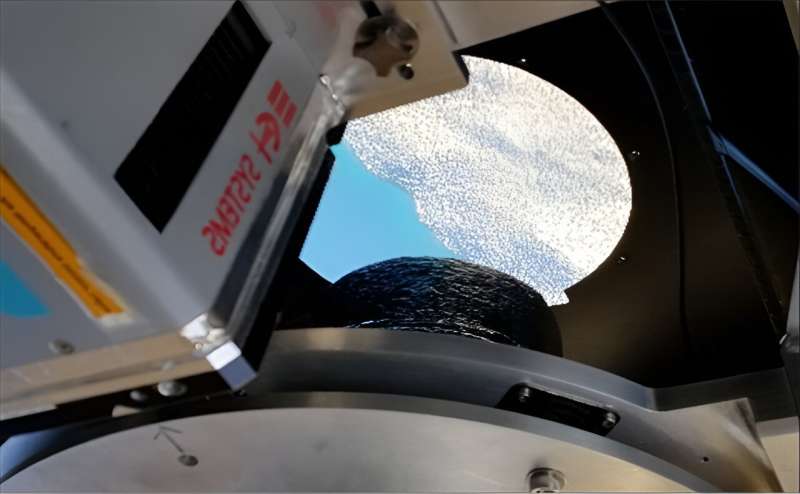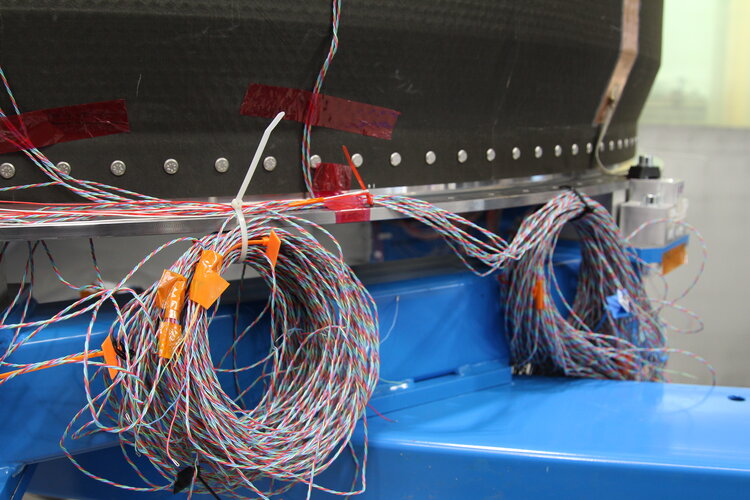Gaia's decade of discoveries: unravelling the intricacies of our galaxy
Thursday, 21 December 2023 02:54 Despite our many years spent observing the cosmos with ever-more powerful telescopes, there remains much to learn about the Milky Way. We cannot leave our galaxy to get a full outside view of its shape and properties, as we do when we study other galaxies. We are embedded within it, and so are limited to mapping the Milky Way from the inside out - and from a single vantage point.
At the st
Despite our many years spent observing the cosmos with ever-more powerful telescopes, there remains much to learn about the Milky Way. We cannot leave our galaxy to get a full outside view of its shape and properties, as we do when we study other galaxies. We are embedded within it, and so are limited to mapping the Milky Way from the inside out - and from a single vantage point.
At the st NASA's Fermi Mission Creates 14-Year Time-Lapse of the Gamma-Ray Sky
Thursday, 21 December 2023 02:54 The cosmos comes alive in an all-sky time-lapse movie made from 14 years of data acquired by NASA's Fermi Gamma-ray Space Telescope. Our Sun, occasionally flaring into prominence, serenely traces a path through the sky against the backdrop of high-energy sources within our galaxy and beyond.
"The bright, steady gamma-ray glow of the Milky Way is punctuated by intense, days-long flares of n
The cosmos comes alive in an all-sky time-lapse movie made from 14 years of data acquired by NASA's Fermi Gamma-ray Space Telescope. Our Sun, occasionally flaring into prominence, serenely traces a path through the sky against the backdrop of high-energy sources within our galaxy and beyond.
"The bright, steady gamma-ray glow of the Milky Way is punctuated by intense, days-long flares of n France to establish NewSpace hubs in Denver and Houston
Wednesday, 20 December 2023 22:45

Sabbagh leaves E-Space to lead incoming UAE satcoms and geospatial champion
Wednesday, 20 December 2023 20:59

L3Harris gets green light to produce 16 space-based hypersonic missile trackers
Wednesday, 20 December 2023 20:35

International astronaut will be invited on future NASA moon landing
Wednesday, 20 December 2023 19:12
An international astronaut will join U.S. astronauts on the moon by decade's end under an agreement announced Wednesday by NASA and the White House.
The news came as Vice President Kamala Harris convened a meeting in Washington of the National Space Council, the third such gathering under the Biden administration.
Prepping for data from the Nancy Grace Roman Space Telescope
Wednesday, 20 December 2023 17:30
As part of a plan to prepare for the quantity and range of data that will be coming in from the Nancy Grace Roman Space Telescope, currently scheduled to launch by May 2027, NASA has granted funding to five project infrastructure teams (PITs), which will write software, run simulations, and plot out optimal uses of the telescope's data stream.
Mighty MURI brings the heat to test new longwave infrared radiometer
Wednesday, 20 December 2023 17:23
NASA's new Multiband Uncooled Radiometer Instrument (MURI) features a novel bolometer that detects infrared radiation without a cryogenic cooler, greatly reducing the cost and complexity of dispatching infrared radiometers into low-Earth orbit.
First-light data from NASA's new Multiband Uncooled Radiometer Instrument (MURI) shows its novel, uncooled microbolometer is operational, setting the stage for future space missions dedicated to observing Earth's surface temperature with a cost-effective instrument.
White House releases mission authorization policy framework
Wednesday, 20 December 2023 16:00

To sustainably develop space, we must manage orbital capacity
Wednesday, 20 December 2023 15:27

Houston, you've got visitors
Wednesday, 20 December 2023 13:38
Last week, members of ESA’s astronaut class of 2022 embarked on their first overseas field trip. They visited NASA’s facilities at the Johnson Space Centre (JSC) in Houston, Texas, USA, to get familiar with the environment where they will spend a significant part of their training once assigned to a mission.
Chinese launch startup Galactic Energy raises $154 million for Pallas-1 reusable rocket
Wednesday, 20 December 2023 13:11

Tough tests no problem for carbon-fibre cryo fuel tanks
Wednesday, 20 December 2023 12:24
Pinhole propulsion for satellites
Wednesday, 20 December 2023 12:14 Image:
Pinhole propulsion for satellites
Image:
Pinhole propulsion for satellites Ariane 6 schedule not affected by aborted upper stage test
Wednesday, 20 December 2023 11:36

